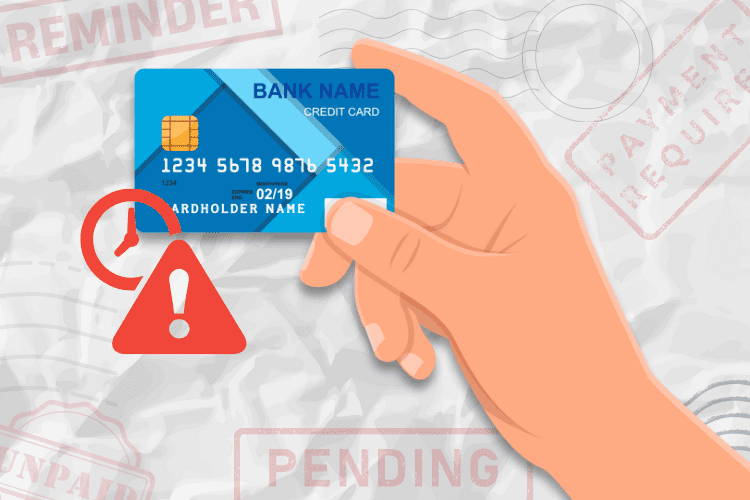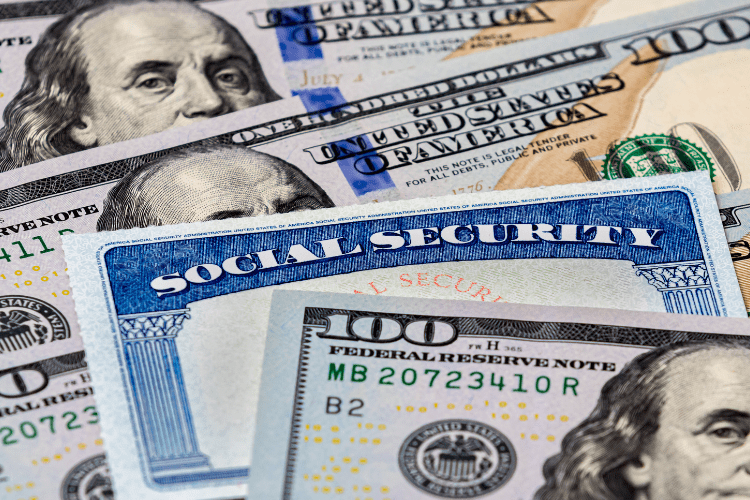How Employer 401(k) Matching Works

What if you could wave a magic wand and double the amount of money sitting in your 401(k) plan without finding a higher-paying job, taking more from your paycheck, or robbing a bank? You’d obviously say yes without hesitation. If your employer offers a 401(k) matching program, that magic wand actually exists.
What Is a Company Match?
A 401(k) plan is a retirement savings account offered by many employers; it’s become one of the most common workplaces plans out there, replacing the old-fashioned pension.
You can divert a particular portion of each paycheck into your 401(k); this contribution comes “off the top” of your wages before income taxes are deducted. You are only taxed on what’s left, meaning your contribution has reduced your taxable income. (The IRS lists the rules for 401(k)s here.)
The funds you invest in the 401(k) plan grow tax-free; you don’t owe income taxes on the money until it’s withdrawn. Your 401(k) is a long-term investment account, so you must keep the money there until you are at least 59½ or face stiff penalties for withdrawing it.
Now for the cherry on top of this investment cake. Your company can also deposit money into your 401(k) account in a matching contribution, or match for short. The amount it puts in is based on the amount you’ve contributed.
Not all employers match employee 401(k) plan contributions—about half of them currently do.
How 401(k) Matching Works
The government sets specific limits on 401(k) contributions. As of 2019, any worker under 50 can contribute a maximum of $23,000 annually into a 401(k) account. If you’re older than 50, you can contribute up to $30,500 each year. These limits are often adjusted annually to keep up with inflation.
An employer’s 401(k) match plan allows your employer to match your contributions to your 401(k) with company funds. Some employers match 100% of employee contributions, while some offer 50% or 25%. Others only offer their percentage match up to a certain portion of your total income.
Regardless of the amount, this is quite literally free money. You don’t have to work harder to earn or subtract it from your salary. It’s like being rewarded for making the prudent decision to save for retirement!
Say you make $40,000 a year and elect to divert 6% of your pretax income into your 401(k). That equals $2,400 annually. If your employer offers a generous 100% match, you’ll end up with $4,800 in your retirement account each year. Even with only a “small” 25% match, you can still add an extra $600 into your account year after year. There’s no reason to turn your back on such a significant benefit.
Why Do Employers Offer 401(k) Matching?
A 401(k) match program is a stellar benefit for employees, but why are employers willing to spend so much money bolstering your retirement? There are actually a few reasons that 401(k) matching is attractive to businesses.
First, matching employee 401(k) contributions helps employers secure tax breaks. All matched contributions are deductible on federal corporate income tax returns, up to 2% of all participants’ compensation. Companies love tax deductions just as much as people do. But to get those breaks, a certain percentage of their workforce at different income levels must participate in the 401(k) plan—they can’t all be the top management, say. The matches are a big incentive to get employees to sign up.
Then, there’s competitiveness. Companies want to attract and retain excellent employees, and it’s much easier to land top talent with perks like matches. Listing “401(k) employer match” in a job description carries a lot of power.
Peer pressure also plays a part in the growing generosity of company matches. As the economy improved after the Great Recession of 2009-10, a few progressives led the way and forced other employers to keep pace. For the first time in 20 years, the most common 401(k) match plan is structured to match employee contributions dollar-for-dollar up to the first 6% of income.
Should You Contribute More Than the Match Limit?
If you’re lucky enough to earn the free money available from your employer’s 40(k) matching program, you may wonder if it’s wise to contribute more than the amount your employer is willing to match.
For example, if you make $40,000 yearly and your employer matches up to 3% of your annual pretax income, you can receive a maximum match of $1,200. You must contribute $1,200 to receive the $1,200 match, totaling $2,400 in retirement savings annually. If you contribute anything above the matched portion of $1,200, it will remain unmatched and serve to bolster your account.
It can’t hurt to contribute more than the match limit, as long as saving extra doesn’t compromise your ability to pay the mortgage or keep food on the table. When it comes to retirement savings, the more the merrier!
Experts recommend saving at least 10% of your gross income for retirement, but 15% or 20% is ideal. If you’re eligible for a Roth IRA, you can also consider contributing up to the maximum matched amount in your 401(k) and contributing the remainder of your allocated retirement savings funds into a Roth IRA—or even a Roth 401(k), if your company offers one. If a Roth IRA isn’t an option, continue contributing to your 401(k) until you hit the annual maximum.
Learn how to save now and retire early: Financial Independence Retire Early (FIRE) Explained.










